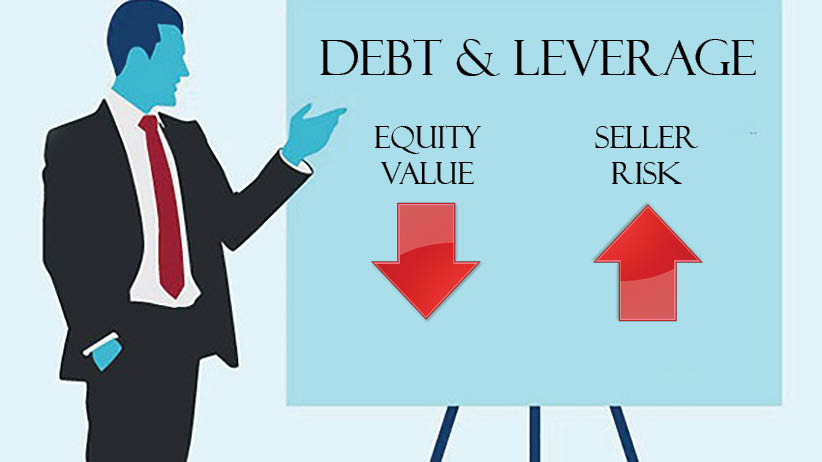Debt and/or Leverage in the structure can greatly affect a deal’s viability. As secondary sources of deal finance to the Buyer they may be essential to make a deal possible. But they can also be a danger; for example the noteholder of a transaction’s Debt is often the Seller, which effectively makes them co-investors alongside the Buyer for a period, thus sharing some risk. Or, as in one recent term sheet we saw, after a cash payment for 70% of the company, its cash flow was expected to pay the Sellers for a 4-year “earn-in” of the remaining 30% of the equity for the buyer. This could put a severe strain on the company’s growth options and general future performance.

Meanwhile, Leverage is the term for Buyers tapping institutional sources of cash rather than digging into their own pockets. Again, while it may mean a Seller gets 100% cash at closing, the amount of leverage may affect the price, since the Buyer has to build in future debt service payments to their ROI model.
